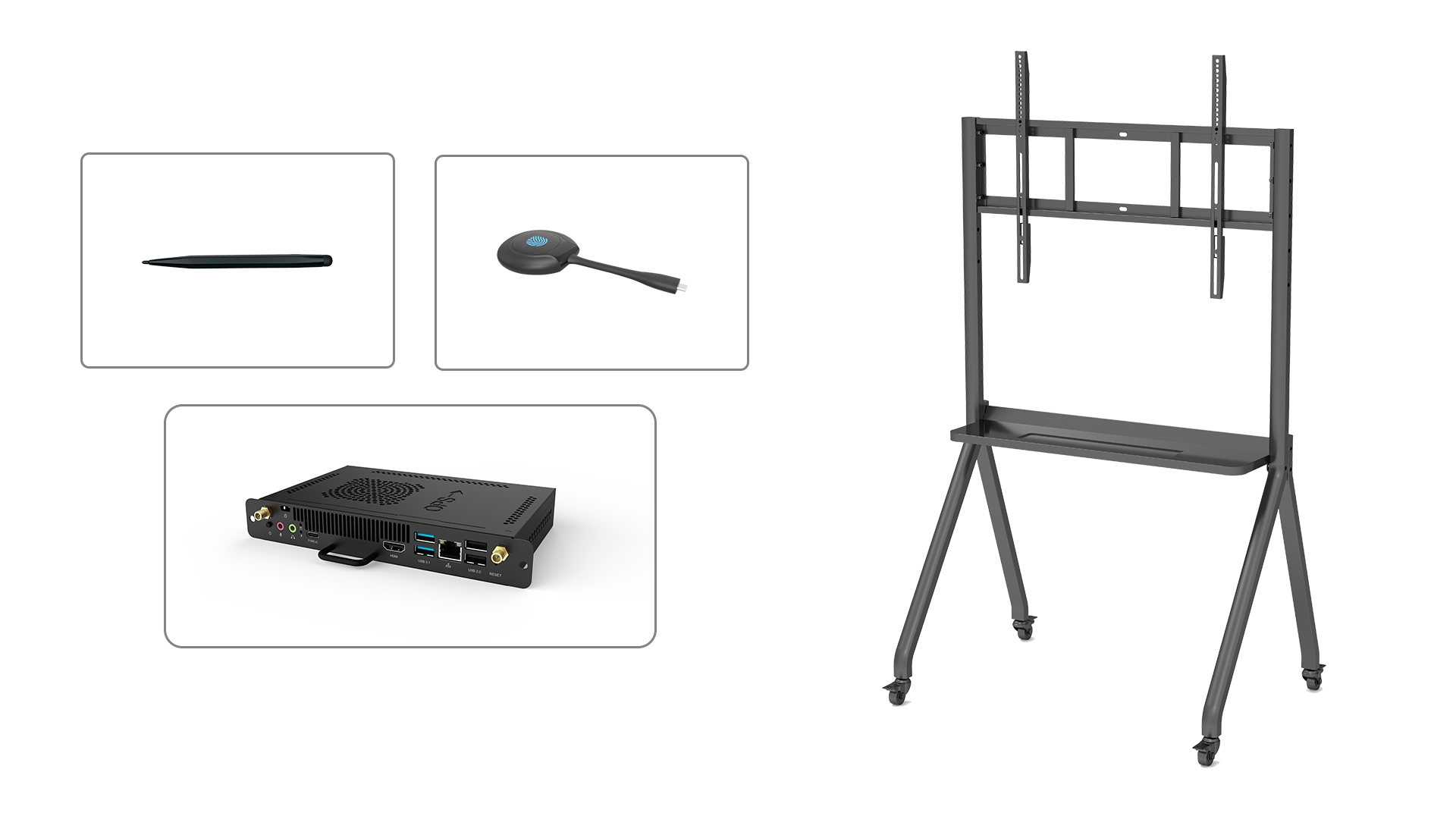Introduction
Interactive product displays have become an integral part of modern retail experiences, offering customers a dynamic and engaging way to explore and interact with products. This innovative approach to showcasing merchandise not only enhances customer satisfaction but also drives sales and boosts brand image. In this article, we will explore the various aspects and benefits of interactive product displays and how they are revolutionizing the retail industry.
1. Captivating Visual Experiences
With interactive product displays, retailers can create captivating visual experiences that instantly grab the attention of customers. By incorporating technologies such as virtual reality (VR) or augmented reality (AR), customers can visualize products in a realistic and immersive environment. For example, a furniture store could offer customers the opportunity to virtually place a couch in their living room to see how it fits and complements their existing decor.
2. Increased Customer Engagement
Interactive product displays provide an interactive and hands-on experience for customers, significantly increasing engagement levels. By allowing customers to touch, feel, and interact with products, retailers can foster a deeper connection between the customer and the merchandise. This engagement not only helps customers make more informed purchasing decisions but also creates a memorable and enjoyable shopping experience.
3. Personalized Recommendations
One of the key advantages of interactive product displays is the ability to offer personalized recommendations based on the customer's preferences and needs. Through data collection and analysis, retailers can gather insights on customer behavior and tailor product suggestions accordingly. For instance, a cosmetic store could provide personalized skincare recommendations based on a customer's skin type and concerns, increasing the likelihood of a successful sale.
4. Real-Time Product Information
Interactive product displays enable customers to access real-time product information, eliminating the need for them to seek assistance from sales associates. By simply tapping on a product or scanning a barcode, customers can instantly access details such as pricing, availability, customer reviews, and related products. This not only empowers customers to make informed decisions but also reduces wait times and improves overall shopping efficiency.
5. Enhanced Product Understanding
Traditional product displays often provide limited information, leaving customers with unanswered questions. However, interactive displays bridge this gap by offering additional product details, such as specifications, usage instructions, and demonstration videos. By providing comprehensive information, retailers can ensure that customers have a clear understanding of the product's features and benefits, leading to increased confidence and higher conversion rates.
6. Increased Cross-Selling and Upselling Opportunities
Interactive product displays offer retailers the opportunity to implement effective cross-selling and upselling strategies. By showcasing related products or suggesting complementary items during the interactive experience, retailers can encourage customers to explore additional options and potentially increase their total purchase value. For example, a clothing store could suggest matching accessories or recommend a higher-priced item with enhanced features.
7. Analytics and Insights
Interactive product displays provide retailers with invaluable data and insights that can inform business decisions and optimize marketing strategies. By tracking customer interactions, retailers can gather information on popular products, customer preferences, and buying patterns. This data can then be used to improve product offerings, refine marketing campaigns, and personalize future customer experiences, ultimately driving sales and increasing customer satisfaction.
8. Seamless Integration with E-commerce
Interactive product displays seamlessly integrate with e-commerce platforms, creating a unified and omnichannel shopping experience. Customers can explore products in-store through interactive displays and then seamlessly transition to online purchasing through their preferred device. This integration allows retailers to capture the benefits of both physical and online retail, offering convenience, flexibility, and accessibility to customers.
9. Increased Brand Differentiation
Interactive product displays provide retailers with a unique selling point and help differentiate their brand from competitors. By offering an innovative and interactive shopping experience, retailers can create a memorable impression in the minds of customers. This differentiation not only attracts customers to the store but also strengthens brand loyalty and advocacy, as customers are more likely to share their positive experiences with others.
10. Future Possibilities and Innovations
The world of interactive product displays is constantly evolving, with new technologies and innovations emerging. From holographic displays to interactive mirrors, the possibilities for enhancing customer experiences are limitless. As technology continues to advance, retailers can expect even more exciting and immersive ways to engage with customers and drive sales.






